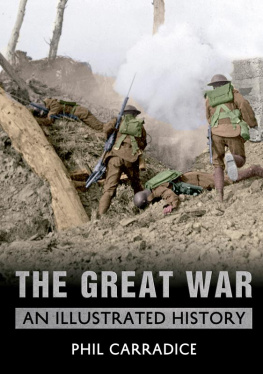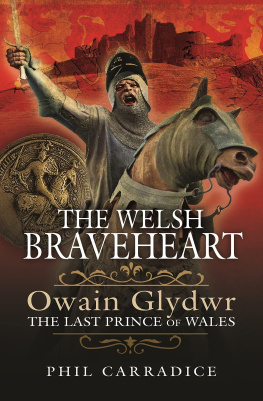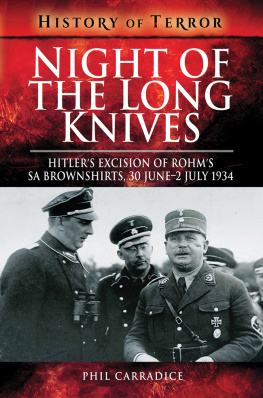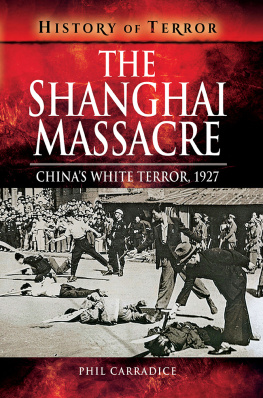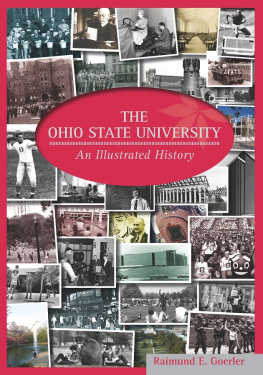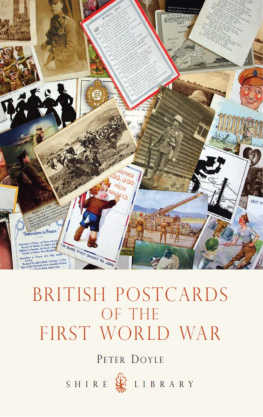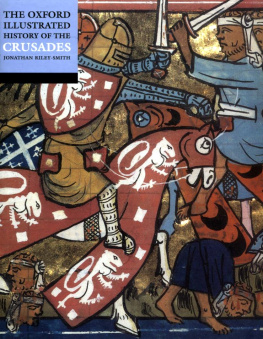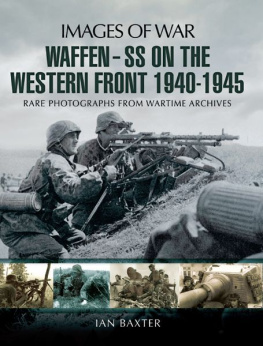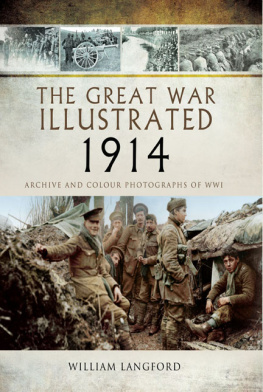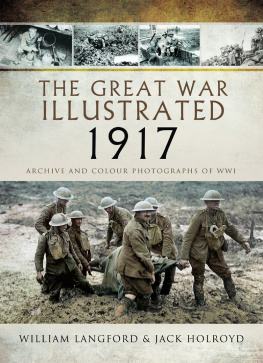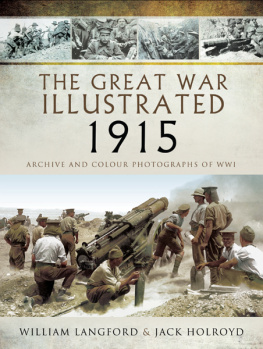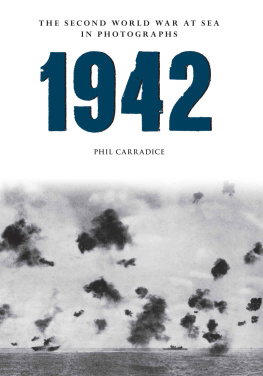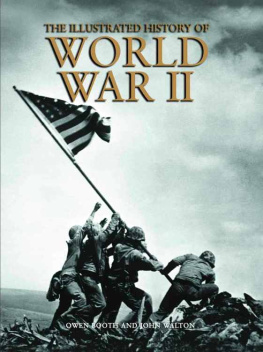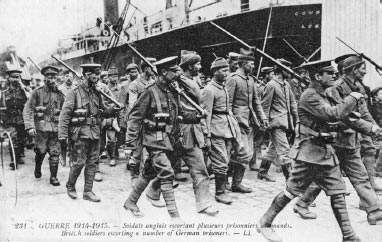About the author:
Phil Carradice is a novelist, poet and historian who has written over forty books. His most recent novel is The Black Chair (Gomer), the story of Hedd Wyn, the Welsh poet who was killed at Passchendaele in 1917. He recently produced Nautical Training Ships and, with his wife Trudy, Golf in Wales for Amberley. He regularly broadcasts on TV and radio and presents The Past Master, the BBC Radio Wales history programme.
This electronic edition published 2013
Amberley Publishing
The Hill, Stroud, Gloucestershire
GL5 4EP
www.amberley-books.com
Copyright Phil Carradice 2009, 2013
ISBN 9781848688810 (PRINT)
ISBN 9781445631462 (e-BOOK)
All rights reserved. No part of this book may be reprinted or reproduced or utilised in any form or by any electronic, mechanical or other means, now known or hereafter invented, including photocopying and recording, or in any information storage or retrieval system, without the permission in writing from the Publishers.
British Library Cataloguing in Publication Data.
A catalogue record for this book is available from the British Library.
Contents
Acknowledgements
Most of the photographs used in this book are from the authors personal collection. However, thanks must go to the following individuals and organisations for allowing the use of certain images:
Roger McCallum
Andrew Swift
The Imperial War Museum
Particular thanks to my grandfather, Robert Turnbull Carradice, for his stories about Egypt, Gallipoli and France. I never thanked you when you were alive, I thank you now. Without your enthusiasm and interest in the subject talking to me when you would probably have much preferred pottering in your garden I doubt if this book would ever have been written.
Finally, as ever, thanks to Trudy, my wife.
Your inspiration and determination are legendary.
Introduction
More than any other single event, the Great War of 1914-18 has shaped our view of modern history and our understanding of the world in which we live. Without that terrible, cataclysmic conflict, issues as diverse as votes for women, Irish Home Rule, the creation of Communist Russia and a homeland for Jewish people would no doubt have been delayed and some might never have come to fruition. Certainly the Second World War would never have happened.
The Great War brought to an end dynasties that had ruled over people in Europe for hundreds, perhaps even thousands, of years. The present conflict in Iraq, people have often ventured, is only the latest in a long line of military operations that owe their genesis to the war of 1914-18.
Having said all that, it is a pointless exercise to simply list the consequences or after-effects of the Great War. Such a process would, ultimately, be unfulfilling. Suffice to say that it was one of the most influential events in the history of mankind.
When talking about the war, the writer is immediately faced by the problem of what to call it. The war of 1914-18 was certainly great in so far as it involved almost all the countries of the world, the battles and their effects covering vast swathes of land and sea and, ultimately, the skies above them as well. It was the first real global conflict, a true world war. Of course, in the years immediately after 1918 this was not called the First World War. Not until 1939-1945 did historians realise that Hitlers war was the second worldwide conflict to erupt within a few short years. Until then everyone simply said The war or used the term Great War. So, for the purposes of this volume, Great War it is.
This book does not purport to be a definitive and detailed history of that first major war of the twentieth century. Such an undertaking would involve far more space than is available here. And besides, it has been done before, many times. Yet, hopefully, the book does have an aim and a specific thrust.
When we think of the war our imaginations and our sensibilities are heavily influenced by the work of a handful of soldier poets, men like Wilfred Owen, Isaac Rosenberg and Siegfried Sassoon. In many respects, our view of the war lions led by donkeys, needless and mindless sacrifice, men walking helplessly into hails of machine gun fire is their view. That doesnt mean what they said and wrote was untrue. Quite the opposite, in fact.
But there are other ways and means of looking at the war. This is an illustrated history. The Great War was one of the first conflicts to be readily and effectively covered by artists and photographers and, despite the problems of censorship, at times it seems as if every aspect of the war was caught on camera or by the painters brush. Therefore, the illustrations are as important here as the text. They catch the mood of the moment, the joy and the horror, the trauma and the delight of defeat and victory. They record the lives of men and women, at the front and at home, on the sea and in the air. They are what make the book different.

Death and destruction, the legacy of The Great War. This shows dead German horses in the street of a captured French town, c. 1917.
This book does not attempt to be the story of the generals and their war. It certainly does not purport to be a blow-by-blow account of the campaigns or the strategy and tactics of the time, although obviously some understanding of the campaigns and what went on is essential. Above all, this is the story of ordinary people caught up in events they could not control and often did not understand. How they coped with the experience, how they lived and died, is what this book is really all about.
At the same time, this is also the story of new inventions, new technology that the war brought into existence or, at least, developed for good or bad. They were inventions that we have had to live with ever since
Such was the traumatic effect of the Great War that we have now enshrined the pre-war period, the years between the death of Queen Victoria and the guns of 1914, in a golden glow of perfection the last kick of Edwardian glory, a carefree and happy time when all the world was young. The reality, of course, was very different.
When war was declared in August 1914 it came as something of a distraction for many people. They would never have admitted it but for the upper classes and those in positions of power it brought welcome relief from the stresses and strains of a country and a social class system that were already showing severe signs of strain.
During the Edwardian and early Georgian periods there was real poverty and disease, not to mention death and disorder, in many of Britains cities where the vision of writers like Dickens and Arthur Morrison had not yet vanished under the application of a welfare state.
Civil unrest marked several of the years leading up to 1914, the generals of the British Army seeming to be as happy to turn the guns of their soldiers against striking workers as they were against the Boers and Zulus of South Africa. Ireland seemed on the point of open rebellion and there was a real possibility of civil war in what was, really, Britains oldest colony.
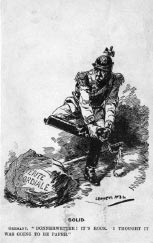
Kaiser Wilhelm II of Germany was a great target for political cartoonists throughout the war.

